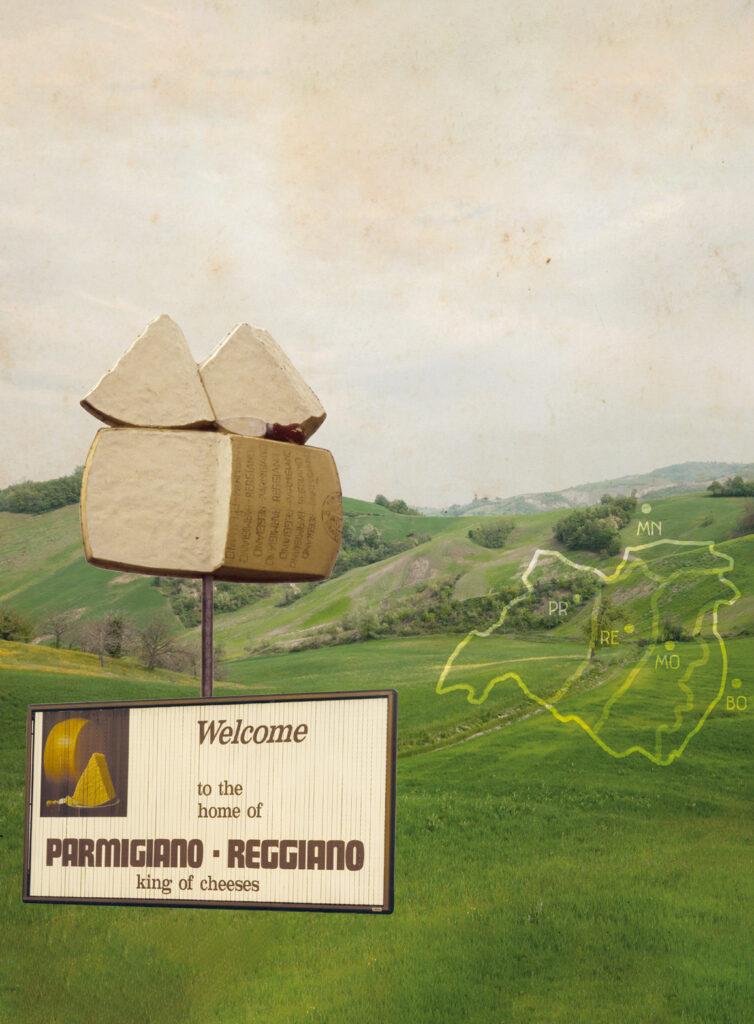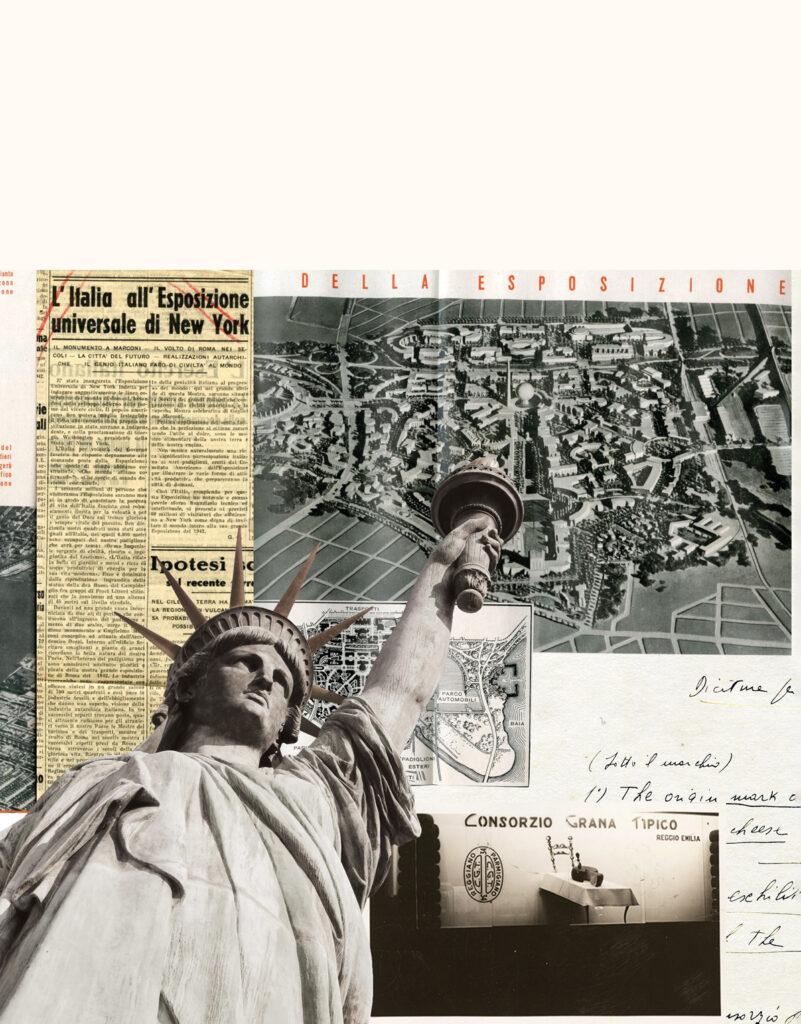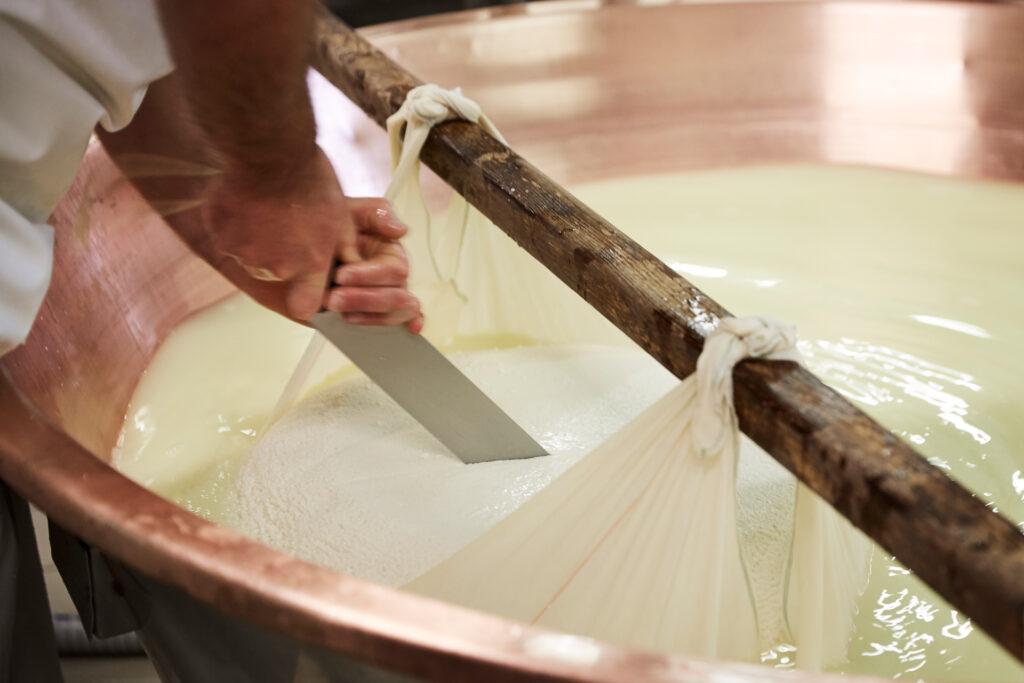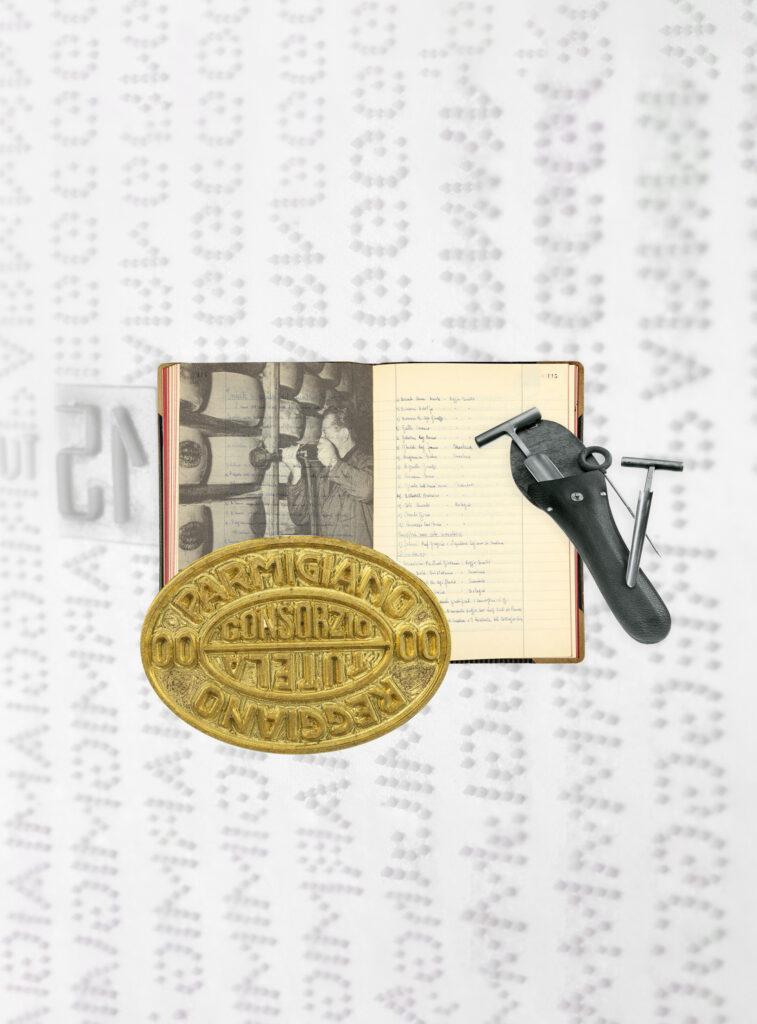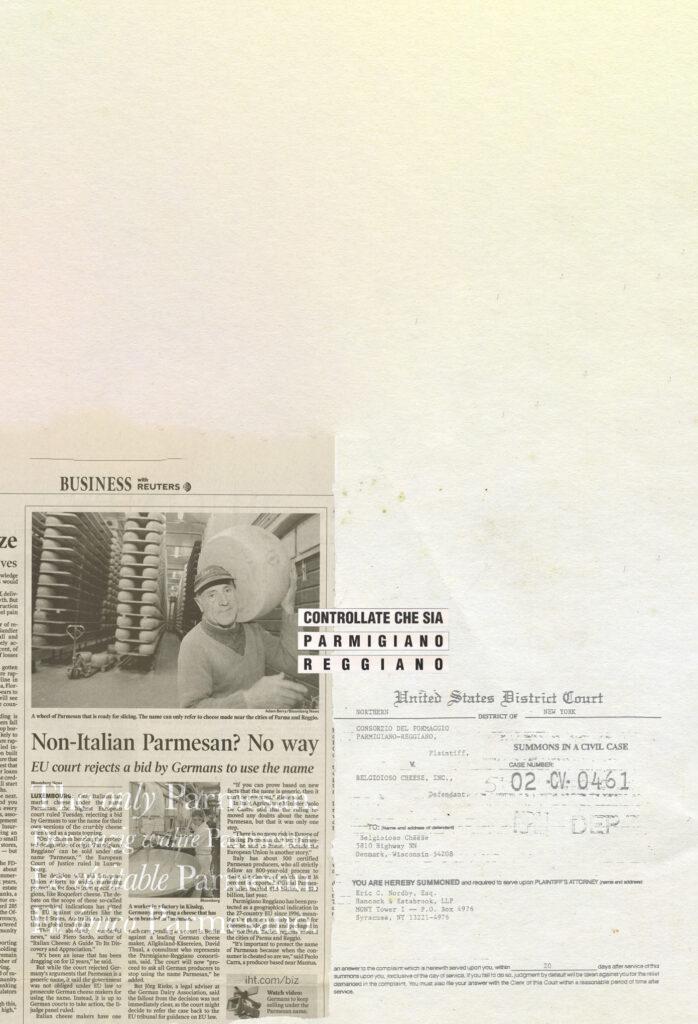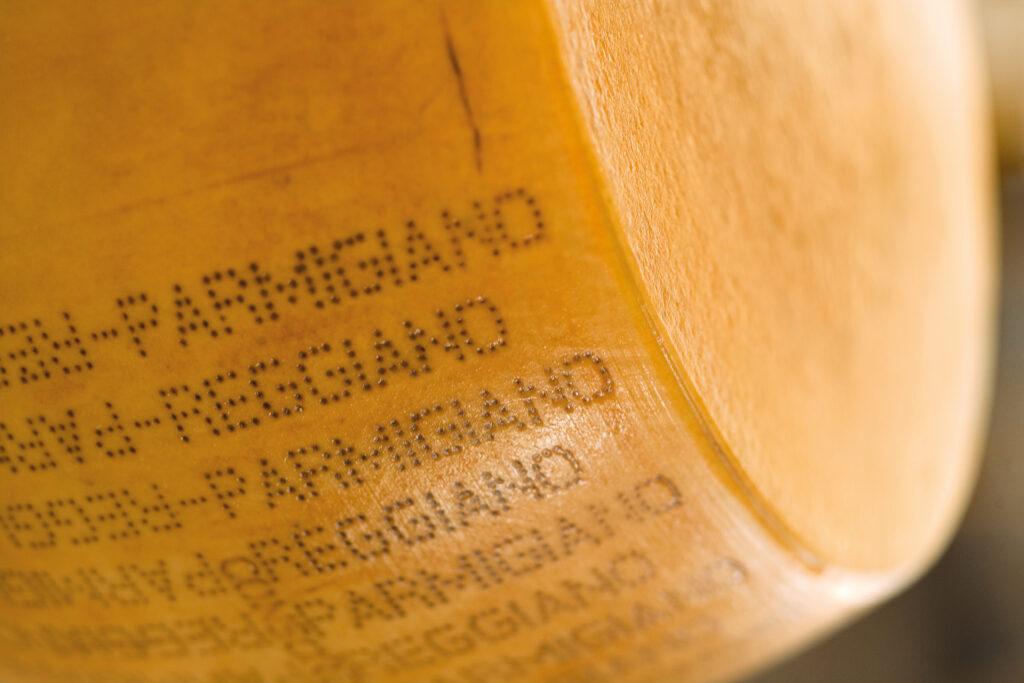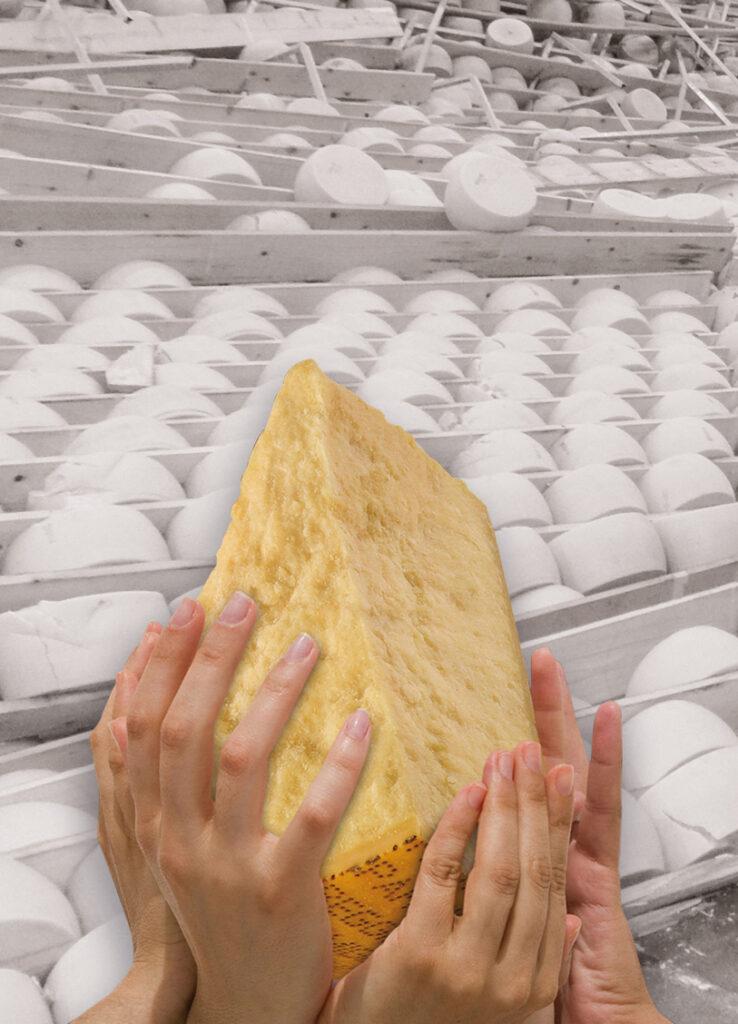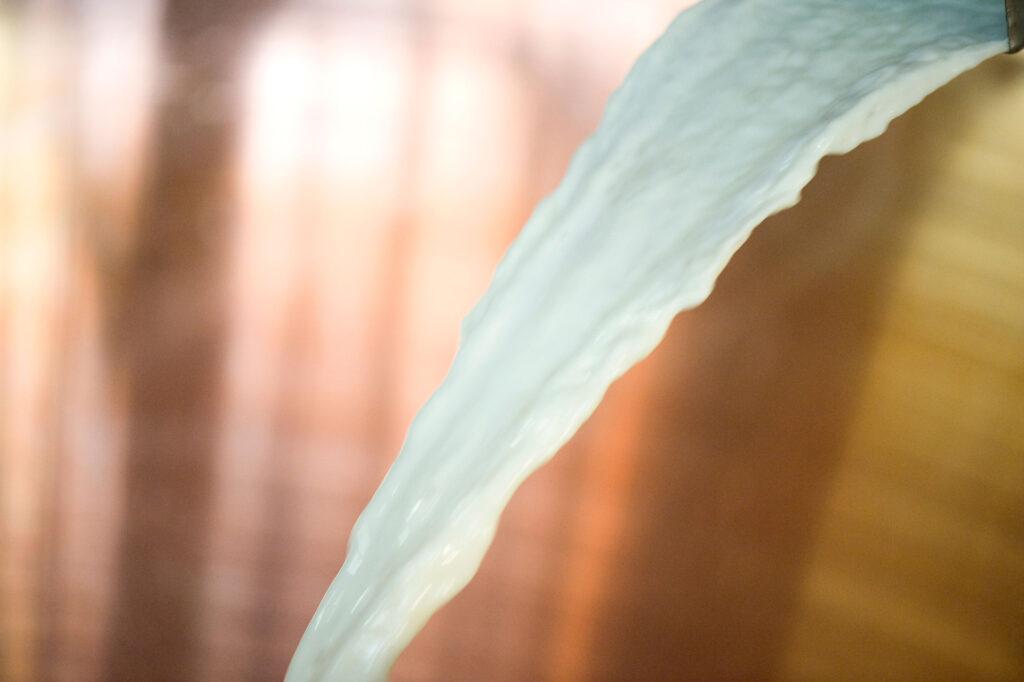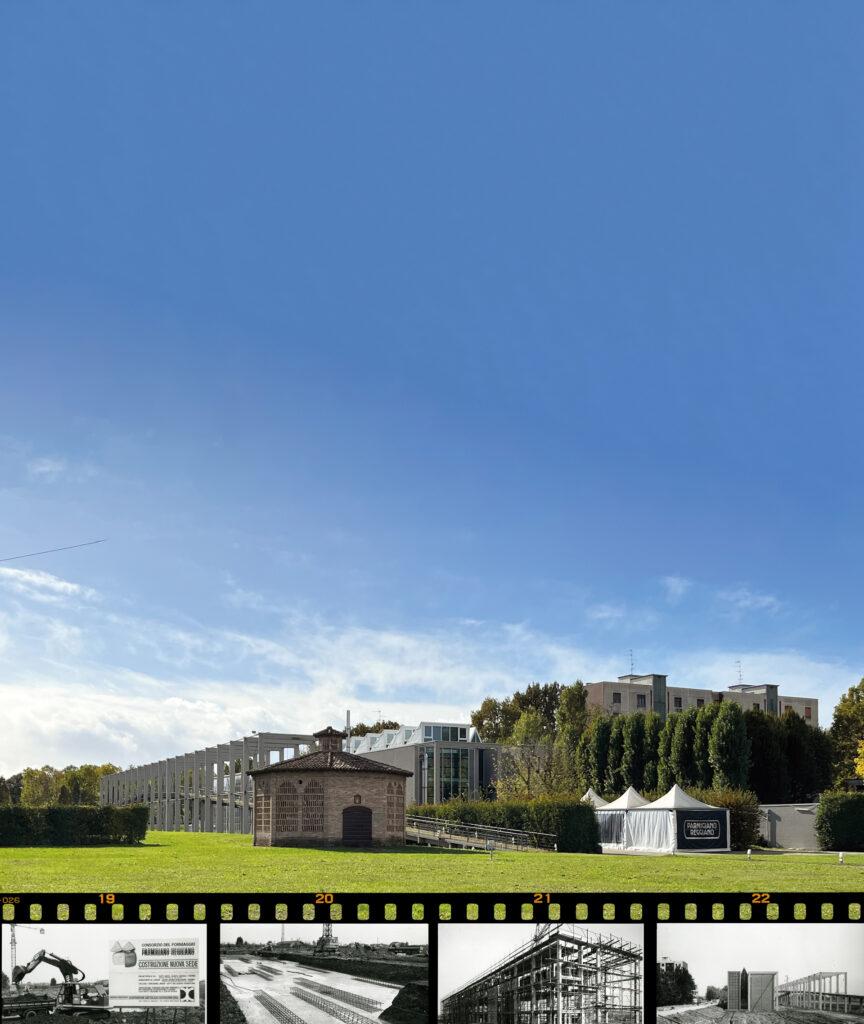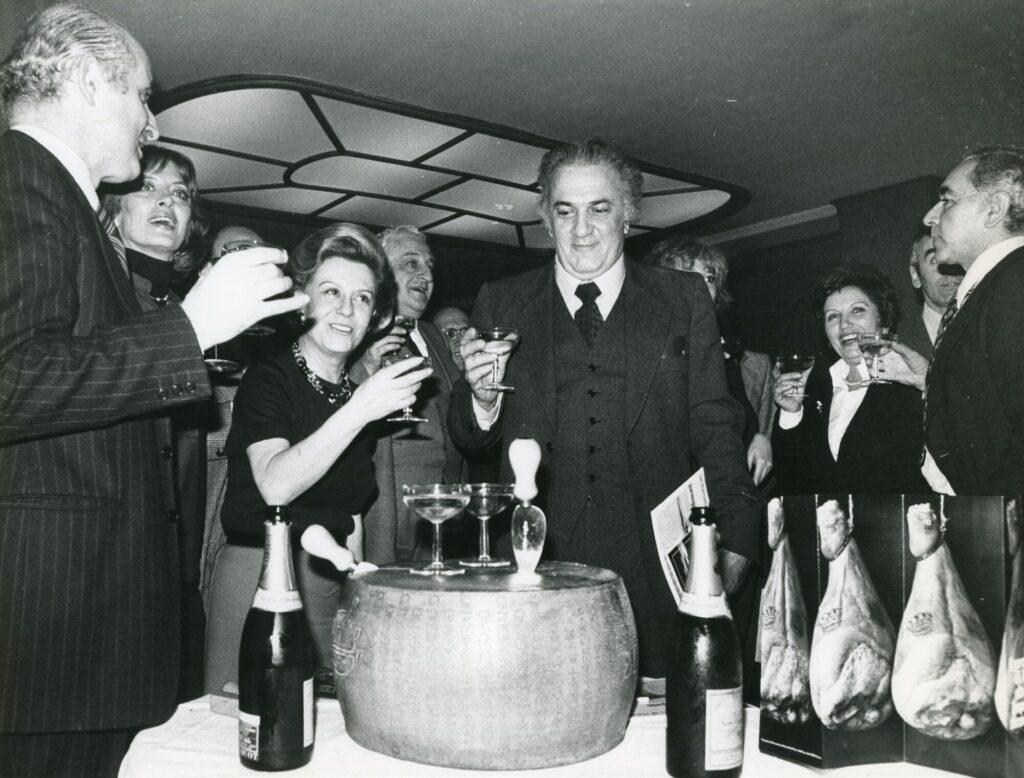
On July 27, 1934 in the Rocca di Soragna (Parma), the deed of incorporation of the first “Consorzio Interprovinciale Grana Tipico” was signed by 28 founders among producers from the different provinces of origin. The goal from the beginning is to protect the product, the first objective still today, thanks to the branding of the wheels to distinguish the production and provide for the defense of the name “Reggiano” and “Parmigiano” from other hard cheeses.

